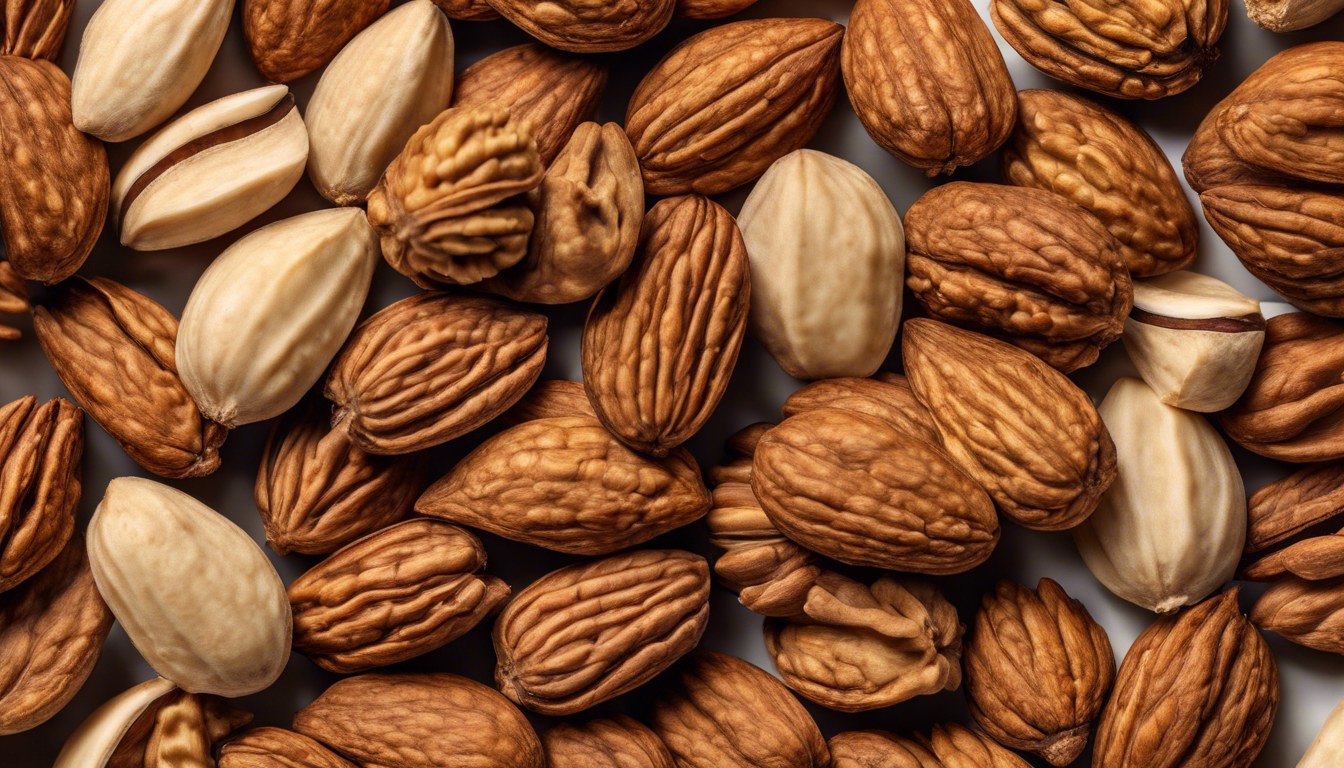
Understanding keto flu symptoms
Transitioning to a ketogenic diet can often come with a medley of physical reactions known in the keto community as the ‘keto flu’. This phenomenon generally occurs due to the body’s adaptation to burning fat for fuel instead of carbohydrates. The symptoms can resemble those of the regular flu and create a challenging first few days or weeks on the diet. It’s crucial to recognize these symptoms early for effective management.
Symptoms of keto flu may vary in intensity and occurrence from person to person but typically include:
- As the body adjusts to using ketones rather than glucose for energy, it may initially result in a feeling of being wearied or low on energy.
- These can occur due to electrolyte imbalances and dehydration as the body sheds excess water weight when it first enters ketosis.
- The mental clarity that many associate with the keto diet may initially be preceded by a period of confusion or an inability to focus as your brain adapts to its new energy source.
- This can be another sign of dehydration or electrolyte imbalance as your body shifts its metabolism.
- Dramatic dietary changes can upset the stomach as your digestive system adapts to high fat intake and reduced carbs.
- Muscle cramps are another common symptom, likely due to the loss of minerals and fluids.
- Changes to diet and metabolism can temporarily disrupt sleep patterns, leading to trouble falling or staying asleep.
- Reduced carb intake can influence mood, resulting in irritability or mood swings.
While this might paint a daunting picture, it is worth noting that these symptoms are generally short-lived, typically ranging from a few days up to a week. It’s a natural part of the shift toward becoming ‘fat-adapted’, a state where the body efficiently burns fat for fuel. Moreover, with proper symptom management and preventive measures, the intensity of the keto flu can be significantly reduced, allowing for a more comfortable transition to the ketogenic lifestyle.
Staying informed about these symptoms is the first step in ensuring they don’t derail your dietary goals. By recognizing what’s happening to your body, you are better equipped to address these effects promptly and mitigate discomfort, paving the way for a smoother journey into ketosis.
Managing symptoms through nutrition and hydration
Effectively managing keto flu symptoms is largely about maintaining proper nutrition and hydration. An understanding of how to adjust your dietary intake according to the needs of your transitioning body can go a long way in alleviating the discomforts associated with the early days of ketosis.
Balancing your electrolytes is a critical part of managing keto flu symptoms. One of the culprits behind the headaches, dizziness, and cramps common to keto flu is a significant loss of electrolytes such as sodium, potassium, and magnesium. This happens because, as your insulin levels drop, your body sheds more sodium than usual. Here’s how you can replenish those vital minerals:
- Don’t be afraid of salt! Add a pinch of unrefined salt to your water or meals. Broth, particularly bone broth, can also serve not only as a comforting beverage but as a rich source of sodium.
- Include potassium-rich foods in your diet, such as leafy greens, avocados, and mushrooms. An added plus is that these are also low in carbs, aligning well with the goals of a ketogenic diet.
- Nuts and seeds, like almonds and pumpkin seeds, are excellent sources of magnesium and can make for convenient, keto-friendly snacks.
Hydration is another key part of managing keto flu. With the switch to ketosis, your body excretes more water, and with it, important nutrients. It is essential to increase your water intake to combat dehydration. While the exact amount varies for each person, a general rule of thumb is to drink at least eight 8-ounce glasses of water a day, and more if you are active or live in a hot climate. Additionally, consider the following:
- Drink water throughout the day, not just when you feel thirsty.
- Have a glass of water with a pinch of salt first thing in the morning to help balance your electrolytes right from the start of your day.
- If plain water doesn’t excite you, try adding slices of lemon or cucumber for flavor without the carbs.
When it comes to the rest of your diet, be mindful to keep it balanced and nutrient-dense. Though fats will be your primary source of energy:
- Focus on heart-healthy fats like those found in olive oil, avocados, and fatty fish.
- Increase your intake of medium-chain triglycerides (MCTs), as they can be quickly converted into ketones by your body. These can be found in foods like coconut oil.
- Don’t neglect your protein intake, as it’s essential for muscle maintenance and overall health. Opt for high-quality, low-carb protein sources such as grass-fed meat, eggs, and wild-caught fish.
Lastly, be cautious not to reduce your calorie intake too drastically when starting keto. A moderate calorie deficit can facilitate weight loss if that’s your goal, but too large of a deficit can exacerbate keto flu symptoms like fatigue and irritability.
Through careful attention to electrolytes, hydration, and a balanced intake of fats, proteins, and low-carb vegetables, you can manage and minimize the unwelcome effects of the keto flu. This will enable you to maintain both your day-to-day well-being and your long-term commitment to a ketogenic lifestyle.

Keto flu remedies and supplements
In addition to nutritional strategies and proper hydration, certain remedies and supplements can further alleviate symptoms of the keto flu. For those experiencing the transitional discomforts of starting a ketogenic diet, here are some targeted interventions that can offer relief:
- If it’s challenging to get adequate electrolytes through diet alone, you might consider an electrolyte supplement. Look for options without added sugars or artificial ingredients that can provide a balanced ratio of sodium, potassium, and magnesium.
- These supplements provide ready-to-use ketone bodies which can give you an energy boost and help reduce keto flu symptoms. They might be especially helpful in the early stages as your body is still ramping up its own ketone production.
- Sipping on bone broth can be both soothing and beneficial for restoring lost electrolytes. Its natural content of minerals can make it a good remedy for combating fatigue and irritability.
- Medium-chain triglycerides (MCTs) are a form of saturated fatty acid that can be digested more easily and converted into ketones. Adding MCT oil or powder to your daily routine can help elevate your ketone levels and lessen keto flu symptoms.
- If you aren’t getting enough magnesium from your diet, a supplement can help to manage muscle cramps and improve sleep quality.
It’s important to remember that not all supplements are created equal, so do your research and opt for high-quality products.
Moreover, certain habits can support the effectiveness of these remedies and supplements. For instance:
- Ensuring you get enough sleep very important since lack of rest can exacerbate the symptoms of keto flu.
- Engaging in gentle physical activity such as walking or yoga can boost circulation and energy levels without overtaxing your adapting body.
- Practicing stress-reduction techniques like meditation or deep-breathing exercises can help alleviate the psychological side effects of keto flu, like irritability and brain fog.
Before starting any new supplement regimen, especially if you have underlying health conditions, it’s a good idea to consult with a healthcare professional. They can help ensure that your chosen supplements won’t interact with medications or other aspects of your diet and lifestyle.
By combining these remedies and supplements with the nutritional and hydration strategies previously outlined, the severity and duration of keto flu can be significantly mitigated. This multifaceted approach can provide the support your body needs to make a smooth transition to a state of ketosis, setting you up for success in your ketogenic endeavors.
Prevention strategies for keto flu
Beyond symptom management, adopting preventive strategies can greatly reduce your chances of experiencing keto flu or lessen its impact should it occur. Ease your body into the metabolic state of ketosis to prevent the sudden shock that can trigger keto flu symptoms. Here are a few strategies to fortify your defenses against keto flu:
- Instead of cutting carbs abruptly, think reducing your intake gradually over a couple of weeks. This can help your body adjust to the change in fuel sources more smoothly, making the transition less intense.
- As discussed, hydration is vital, but it becomes even more critical as a preventive measure. Ensure you are drinking plenty of fluids throughout the day to maintain kidney function and flush out toxins that can contribute to flu-like symptoms.
- High-intensity workouts might need to be dialed back during the initial transition phase. Light to moderate activity can be more appropriate while your body adapts to its new energy system.
- Ensure you consume a well-rounded diet that includes plenty of low-carbohydrate vegetables. These provide nutrients and fiber which can help stabilize energy levels and support overall health.
- Prioritize sleep as your body undergoes the metabolic shift. Adequate rest can strengthen your immune system and help mitigate the impact of potential keto flu symptoms.
- Some individuals find that a mild detox or cleanse before starting keto helps prepare the body by removing toxins and reducing inflammation, potentially easing the keto transition.
- Pay attention to how your body responds during the transition. If you notice symptoms starting, slow down further carb reduction, increase hydration, and perhaps tweak your macro ratios.
- Consuming probiotic-rich foods such as sauerkraut, kimchi, or kefir can support gut health, which might be beneficial as the body adapts to a high-fat intake.
By incorporating these strategies, you’re not just trying to fight off keto flu after it hits – you’re setting up a fortress of prevention. These methods can help smooth out the transition to ketosis, making it easier for your body to adapt and potentially eliminating the experience of keto flu altogether.
Remember, each individual’s body is different, and what works for one person might not work for another. Always be ready to adapt your approach based on how you feel. By combining a careful and attentive approach to entering ketosis with supportive strategies, keto flu can often be sidestepped, allowing for an optimal transition to a ketogenic lifestyle.